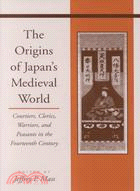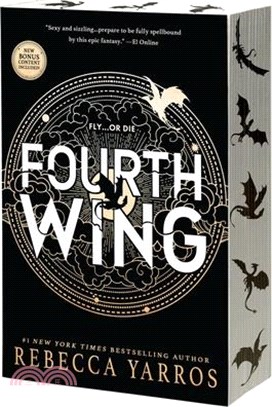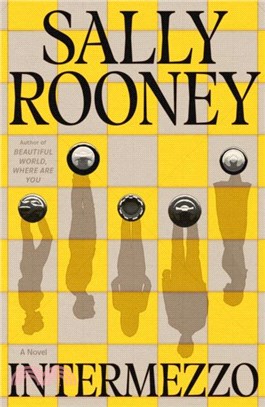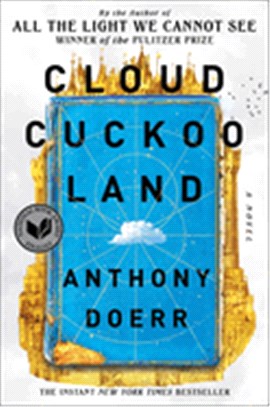The Origins of Japan's Medieval World ─ Courtiers, Clerics, Warriors, and Peasants in the Fourteenth Century
商品資訊
ISBN13:9780804743792
出版社:Stanford Univ Pr
作者:Jeffrey P. Mass (EDT)
出版日:1997/07/01
裝訂/頁數:平裝/522頁
規格:23.5cm*15.9cm*3.2cm (高/寬/厚)
商品簡介
相關商品
商品簡介
This pioneering collection of fifteen essays proposes to change the way we think about fourteenth-century Japan and what preceded and followed it. Most notable is the search for Japan’s medieval beginnings, which are found not in the developments flowing from the establishment of the first shogunate in the 1180’s, but rather in the shogunate’s collapse 150 years later.
In this admittedly controversial interpretation, the Kamakura age becomes the final episode in Japan’s late classical period, with the courtier and warrior regimes of that era together seeking to maintain the traditional order. But under the leadership of Japan’s first truly “medieval men” (the emperor Go-Daigo and Ashikaga Takauji), the old order was dramatically transformed. In the editor’s words, “the rules changed, new behavior was everywhere, the past was only one of several competing influences. After the better part of a millennium, the spell cast by courtiers was finally broken.”
Among the topics treated are the strange new partnerships within the social hierarchy, the impact of sustained warfare on societal values, the new subservience of women in the post-Kamakura environment, the unprecedented emergence of warriors as the moralists and spokesmen of a new age, and the appearance of a new, more sharply partisan religious sectarianism.
In addition, we are shown the fragility of a history now dependent on battlefield success, the assumption of control of imperial poetic anthologies by warriors, the condition of the old and new Buddhist establishments, the paradox of warrior flamboyance and warrior stolidity, and the imposition of enduring village names.
In this admittedly controversial interpretation, the Kamakura age becomes the final episode in Japan’s late classical period, with the courtier and warrior regimes of that era together seeking to maintain the traditional order. But under the leadership of Japan’s first truly “medieval men” (the emperor Go-Daigo and Ashikaga Takauji), the old order was dramatically transformed. In the editor’s words, “the rules changed, new behavior was everywhere, the past was only one of several competing influences. After the better part of a millennium, the spell cast by courtiers was finally broken.”
Among the topics treated are the strange new partnerships within the social hierarchy, the impact of sustained warfare on societal values, the new subservience of women in the post-Kamakura environment, the unprecedented emergence of warriors as the moralists and spokesmen of a new age, and the appearance of a new, more sharply partisan religious sectarianism.
In addition, we are shown the fragility of a history now dependent on battlefield success, the assumption of control of imperial poetic anthologies by warriors, the condition of the old and new Buddhist establishments, the paradox of warrior flamboyance and warrior stolidity, and the imposition of enduring village names.
主題書展
更多
主題書展
更多書展今日66折
您曾經瀏覽過的商品
購物須知
外文書商品之書封,為出版社提供之樣本。實際出貨商品,以出版社所提供之現有版本為主。部份書籍,因出版社供應狀況特殊,匯率將依實際狀況做調整。
無庫存之商品,在您完成訂單程序之後,將以空運的方式為你下單調貨。為了縮短等待的時間,建議您將外文書與其他商品分開下單,以獲得最快的取貨速度,平均調貨時間為1~2個月。
為了保護您的權益,「三民網路書店」提供會員七日商品鑑賞期(收到商品為起始日)。
若要辦理退貨,請在商品鑑賞期內寄回,且商品必須是全新狀態與完整包裝(商品、附件、發票、隨貨贈品等)否則恕不接受退貨。
























